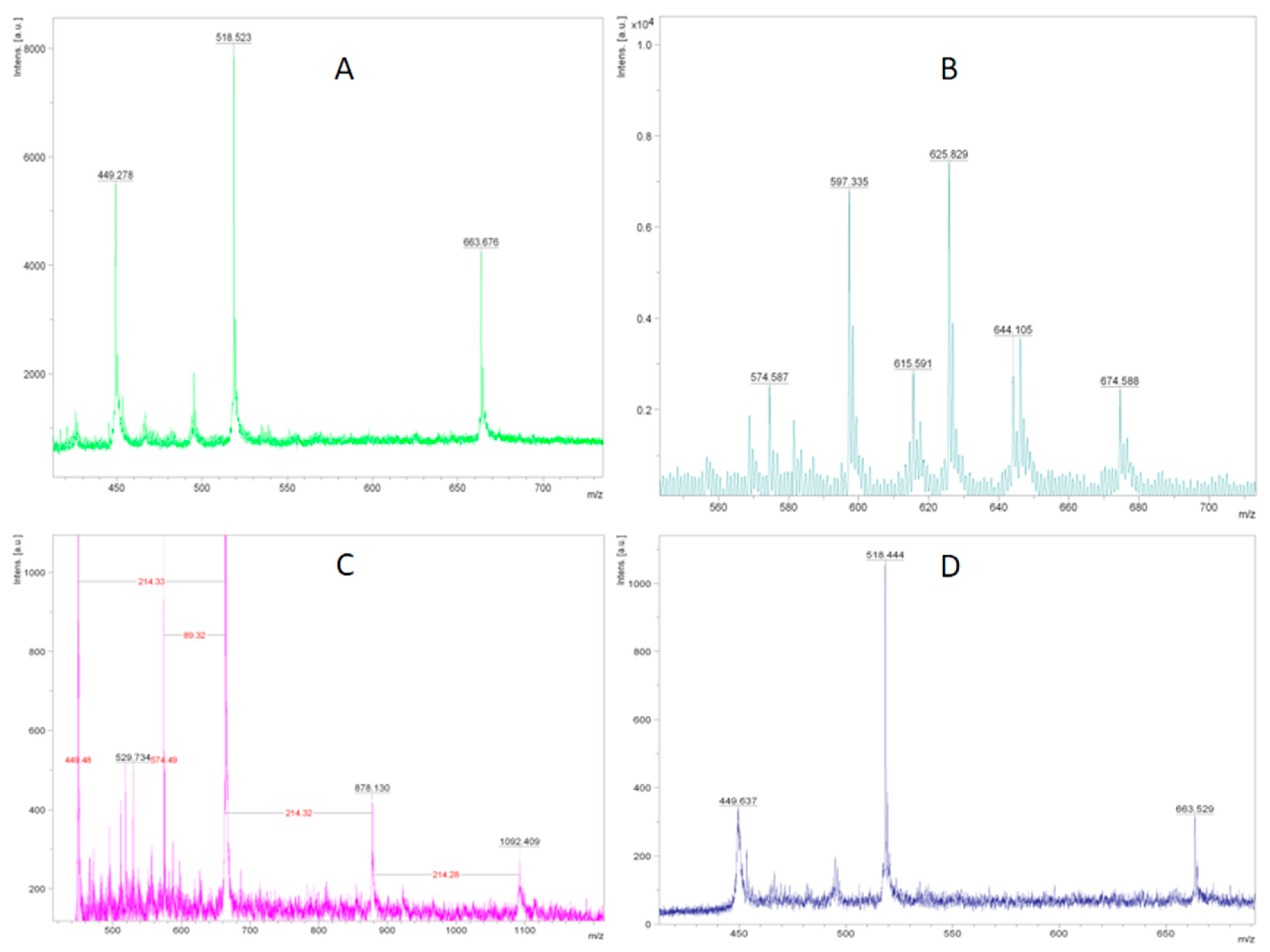
Some of the mutagenicity of B20 was due to highly polar compounds.

Despite the different chemical compositions of the fuels, the extractable organics of all four emissions had similar features: ∼60% of the mass was nonpolar, non-mutagenic compounds most of the PAHs were polar and most of the mutagenicity was due to weakly polar and polar compounds. The mutagenicity-emission factors of the fractions generally decreased with increasing concentrations of soy in the fuel. We correlated the results with the concentrations of 32 polycyclic aromatic hydrocarbons (PAHs) in the fractions. We injected these onto high performance liquid chromatography to produce 62 sub-fractions per fraction based on chemical polarity and evaluated all fractions and sub-fractions for mutagenicity in Salmonella. We subjected organic extracts of the PM to bioassay-directed fractionation by sequential elution on silica gel with solvents of increasing polarity to produce four fractions per fuel.


We determined some of the chemical classes responsible for the mutagenicity of the particulate matter (PM) of the emissions from petroleum diesel (B0) and biodiesel containing increasing concentrations of soy methyl esters (B20, B50, and B100). Soy biodiesel is the predominant biodiesel in the USA, but there is little understanding of the classes of chemicals responsible for the mutagenicity of its emissions.


 0 kommentar(er)
0 kommentar(er)
